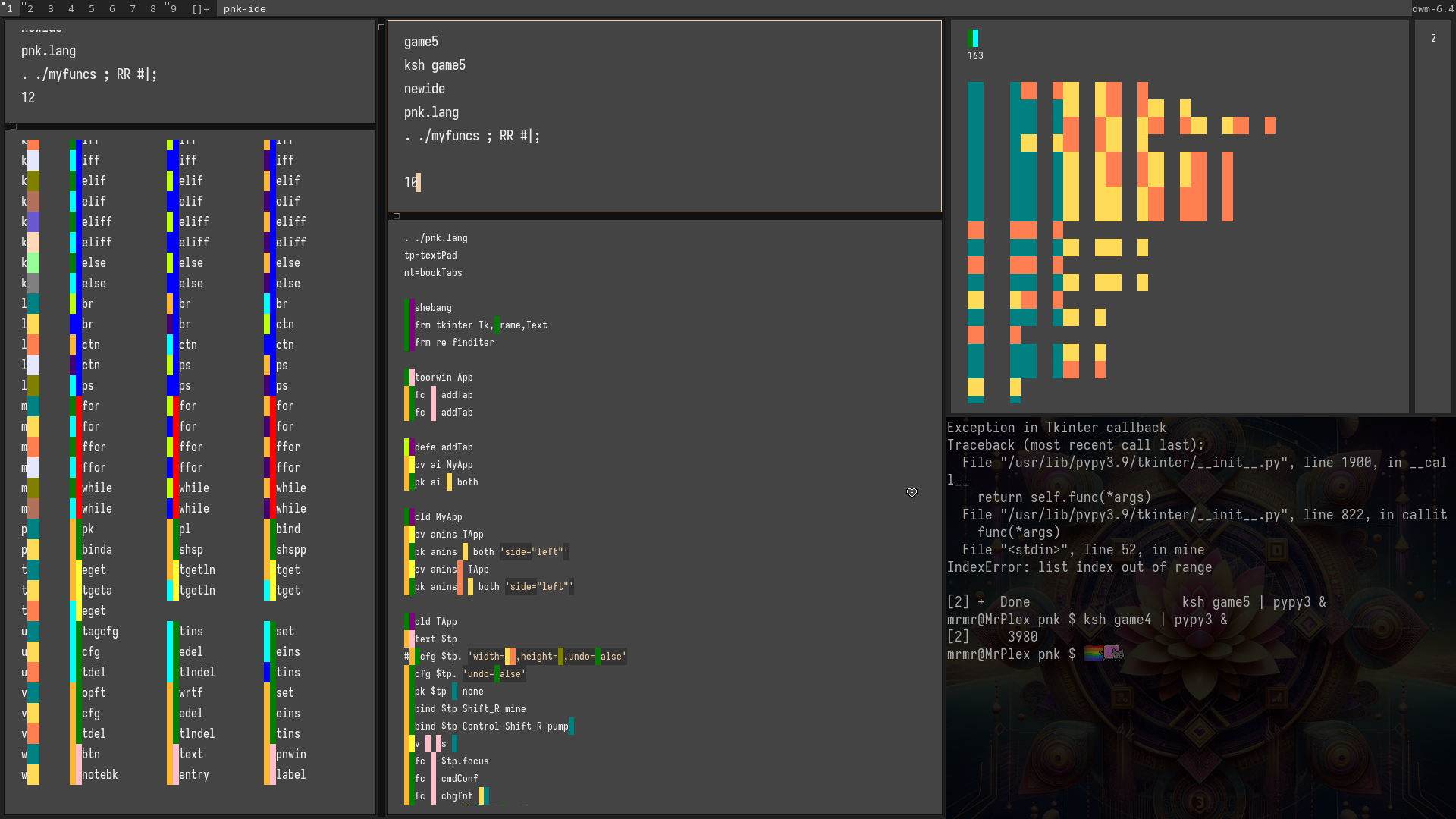Probably still better than bool a; bool b; int c;…
But i, i is sacred.
deleted by creator
Primitive tribe discovers personal rights.
🤔… I’ve never liked i and don’t use it…not sure why. I keep thinking I should start but alas I just don’t.
Honestly? Yes, I agree
Hey, this must be that self-documenting code I keep hearing about
Obviously, we can’t allow code like that - PascalCase is heresy… camelCase that shit.
This has likely been done intentionally for humour’s sake, but take a look at some of the names in Apple’s AppKit framework, like https://developer.apple.com/documentation/appkit/nspreviewrepresentingactivityitem
That page is giving me a 403
I’m still annoyed with how verbose Objective-C is. Just check out what one has to do to create and concatenate a string. Madness:
NSString * test = [[NSString alloc] initWithString:@"This is a test string."]; NSString * test2 = [test stringByAppendingString:@" This value is appended."];And god forbid you want to concatenate two things to a string:
NSString * test3 = [test1 stringByAppendingString:[test2 stringByAppendingString:@" Adding a third value."]];
Yea this looks productive.
Imagine how useless the LSP suggestions are.
lgtm
merged
I’m assigning all my PRs to you, buddy, your performance metrics will be over 9000!
My ASDV professor has two moods: He either names variables like this post, Or he names variables
pp(for pointer pointer)Fuck for some reason
ppis giving me flashbacks to having to write using Hungarian notation variable names.

What about this?
I’d ask what I’m looking at here but feel I might regret it
In Oct’23 a basic Text widget with Subprocess to run shell commands allowed me to take my command line fu into a different arena because Tkinter gave me special tricks. This tool (shell functions) allows me to type up GUI apps or any Python script with less effort, for my fingers and brain.
wc newide; ksh newide | wc
513 1671 11018 newide in pnk
604 1987 29867 newide in python
The blocks of color are capital letters colored using tkinter methods (tag_add & tag_configure) with a bg and fg of the same color to make it look like a lego block, it’s all ASCII. On the right, an idle clicker game/toy made with pnk.lang, also just ASCII/UTF-8. The IDE you see in the pic also was coded using functional shell language I call pnk.lang and the original first iteration of this specification is in the legacy folder in the repo below. Just me learning how to code faster in Python but in shell but in neither at this point.
https://github.com/dislux-hapfyl/pynksh
Don’t be put off by Ksh because Bash can also interpret it, since it’s just shell functions that print Python code. But I have plans to use an Xbox controller so I can move away from building with the keyboard at piecemeal rates. I will do this by abstracting away identifiers and all data we use as engineers into “dictionaries” to then transform it into a spatial system. I already done this first step! Using a basic grid with a maximum of 10 rows x 3 cols, indexing row[0-9] col[0-2], as you see there on the left side, and by using a letter I then categorize the functions of pnk(shell+python) so I can have 30 x 26[a-z] available slots; a00 b11 k22 and so on…by making it a visual shortcut that reduces cognitive load and typing for me.
Take a closer look at my repo without dismissing it too quickly. It could seem unnecessary but maybe someone else can see what I have made as useful and how we gonna take it to higher levels of abstraction and create a new realm for making computer applications in an abstract game/IDE of art and code. Perhaps it’s that creator effect that happens when you make something for the first time that makes me see its future utility and appeal. All this was made incrementally using my own software I built from scratch. I do have a great vision and would love to speak to anyone who is interested. I also demonstrate the utility of this small tool on youtube[link in repo]. Thanks.
I’m somehow more confused
I write python in shell. Literally. I made a shell function file (pnk.lang) that prints correct python code. The capital letters in the shell function’s name, my Tkinter IDE turns into color as you see above. So I let the color (capital letter) abstract away indentation for my brain. The second letter is for category of python code according to me. Again using color to allow me to think. I dont like Python syntax. I looks ugly to me. So I made this tool to make coding colorful, succint and fun for me. It reduces my eye strain among many other personal benefits.
S=self
E=echo
#indentation
#Z=“” #0
Y=" " #3
X="$Y$Y " #7
W="$Y$X " #11
V="$Y$W " #15
U="$Y$V " #19
YDfd() {
typeset z="$1" typeset nn="$2" typeset cc="$3" if [[ $z == z ]]; then $E "$Y def $nn(${S}$cc):" else $E "$Y def $nn($cc):" fi}
YDdefe() {
typeset fn="$1" YDfd z $fn ,e=None}
YDdefe addNew
XIcv $ap Pnk
XFpk $ap 1 both
XFfc zz pw.add $ap
turns into
def addNew(self,e=None): self.appinstance = Pnk(self,) self.appinstance.pack(expand=1,fill="both",padx=2,pady=2,) self.pw.add(self.appinstance)
Ok I don’t completely get the use case but that’s…impressive. Thanks for the detailed explanation and good luck moving it forward
Thanks a lot! ;) … maybe also see my reply above.
This is getting absurd, variable names have become variable sentences.
Cleanest code by Unclest Bob
I approve. All code should be like this
Leaning to program on 8-bit machines with 8k of RAM means that even today I abbreviate names.
Plus it was accepted wisdom that shorter variable names were faster for the BASIC interpreter.
variables don’t make it to the compiled binary tho, except debug symbols of course if have those enabled (but deploying them to an embeeded system is a terrible idea, they can remain on the host system)oh you mean on not for
Yeah for interpreted BASIC.
But even after moving to writing assembly language on a separate PC devkit there was still the habit of using short names.
I think that some assemblers had limits on name size.
im scared
Ugh, this makes me want to “slash slash slash.”
Visual Basic looks strange nowadays, huh…












